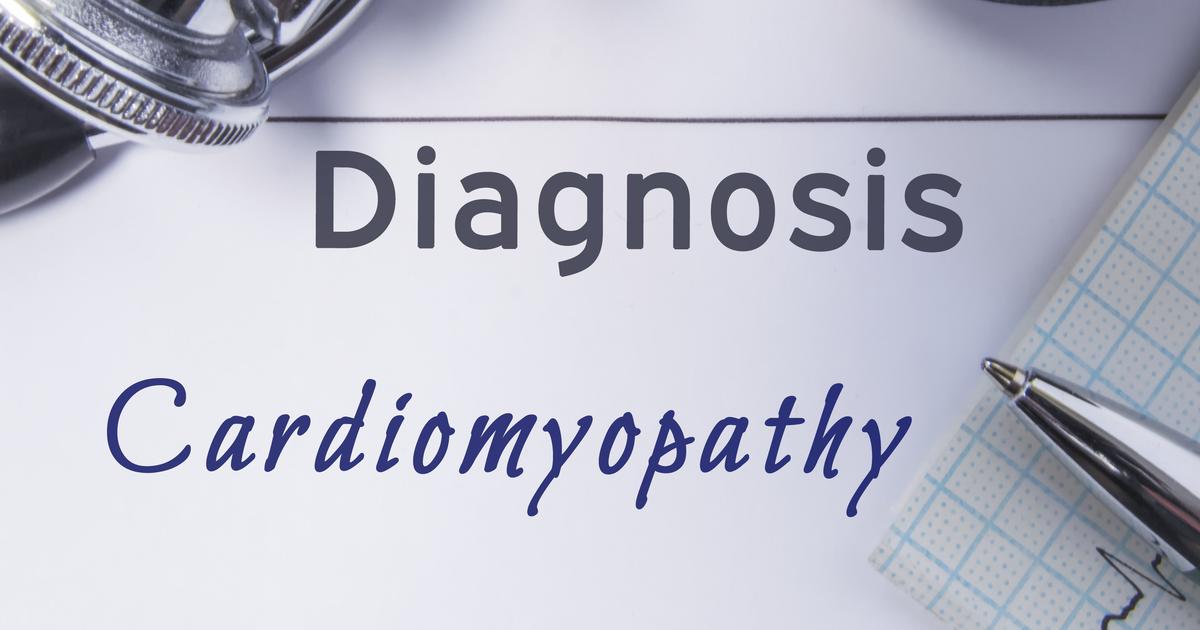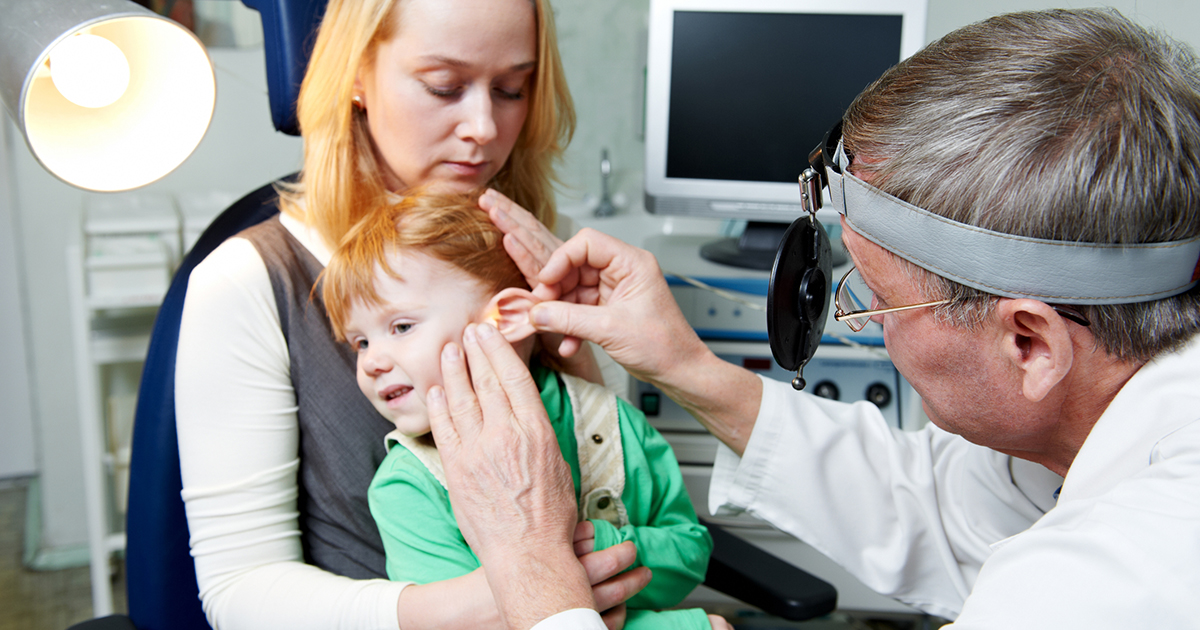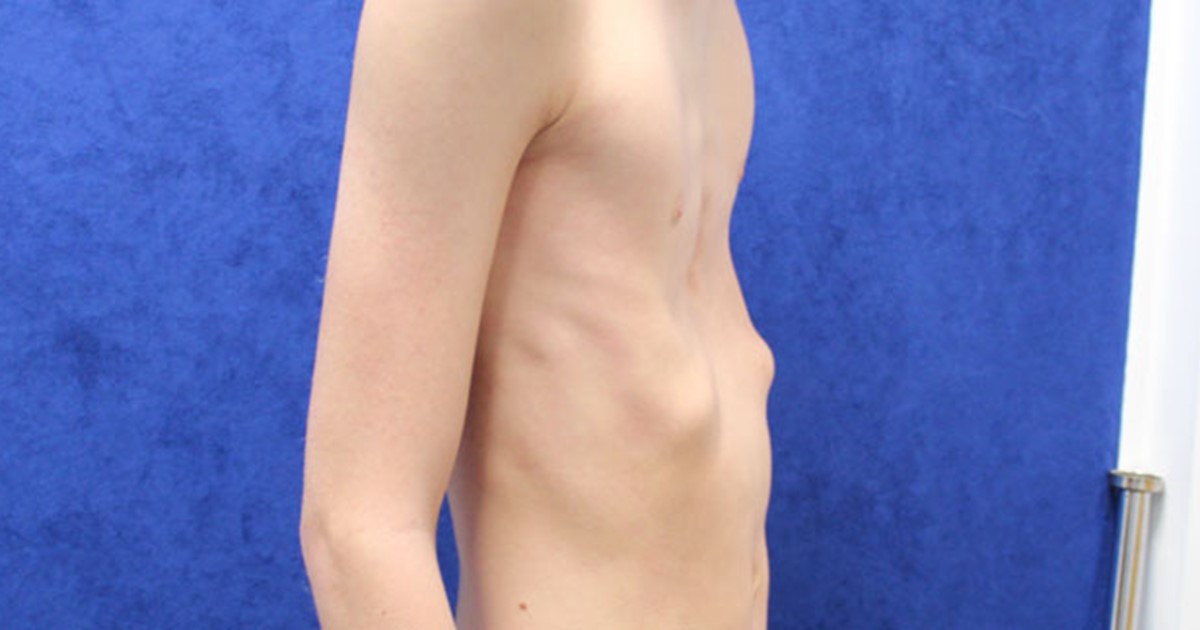Symptoms Associated With Noonan Syndrome
Noonan syndrome is a relatively common genetic condition that occurs in approximately one out of every 1,000 to 2,500 individuals. Symptoms are present from birth, and the disorder develops due to alterations in certain genes. Currently, researchers have identified changes in the KRAS, SOS1, RAF1, and PTPN11 genes that lead to Noonan syndrome. Noonan syndrome can be diagnosed with a clinical examination from a specialist familiar with the condition. In addition, genetic testing is often performed.
This syndrome affects both males and females, and symptoms generally include congenital heart problems, short stature, and strabismus or other minor eye issues. Treatment for Noonan syndrome includes regular monitoring and is tailored to each patient's symptoms. Treatment is typically provided by the child's pediatrician and a specialist team that may include cardiologists, geneticists, and others.
Hypertrophic Cardiomyopathy

Hypertrophic cardiomyopathy occurs when the heart muscle thickens, increasing the effort it takes to pump blood throughout the body. Most patients with hypertrophic cardiomyopathy are asymptomatic, and the ailment sometimes goes undetected. In patients who do have symptoms, they include shortness of breath, chest pain, and abnormal heart rhythms (arrhythmias). Shortness of breath and chest pain usually occur after exercise or exertion, and patients may also notice a pounding or fluttering sensation in their chest. A small number of patients might have a heart murmur, and this can be detected when a doctor listens to the heart with a stethoscope.
To diagnose hypertrophic cardiomyopathy, clinicians perform a physical exam of the cardiovascular system, and they will also order electrocardiograms (ECG) and echocardiograms. In some cases, patients might be asked to wear a Holter monitor (a portable ECG) for a few days or to undergo a treadmill stress test, cardiac MRI, or cardiac catheterization. To treat hypertrophic cardiomyopathy, doctors begin by prescribing beta blockers or calcium channel blockers to reduce the patient's heart rate and enable the heart to pump more easily. Patients may also be prescribed amiodarone or other medicines to treat arrhythmia. Surgical interventions, including septal ablation and septal myectomy, may be recommended for patients with advanced stages of hypertrophic cardiomyopathy.
Pulmonary Valve Stenosis

Pulmonary valve stenosis happens when a deformity of the pulmonary valve causes it to narrow, restricting blood flow. This condition is a common congenital heart defect in Noonan syndrome patients. Symptoms range in severity, and they generally include shortness of breath, chest pain, fainting, heart murmurs, and fatigue. Patients with pulmonary valve stenosis are at an increased risk of endocarditis, arrhythmias, and heart failure.
To diagnose this form of stenosis, doctors do a physical exam, and echocardiograms, electrocardiograms, and MRI or CT scans may be needed. Some patients might also need to undergo a cardiac catheterization procedure. If the patient's symptoms are mild, treatment for this ailment may consist solely of regular checkups. For patients with more severe symptoms, balloon valvuloplasty, valve repair, or valve replacement surgeries may be recommended.
Distinct Facial Features

Noonan syndrome patients typically have a number of distinct facial features, though these can vary slightly from patient to patient. Some of the most common are drooping eyelids, wide-set eyes with pale irises, a large head size, and a broad forehead. Patients may also have facial droopiness, low-set ears, and a short neck with excess skin. As the patient gets older, the skin may become thinner and more transparent, and their facial features may sharpen. Some patients with Noonan syndrome also have distinctive features in the nose and mouth.
The nose may be short and broad, appearing pushed in at the top of the nasal bridge and having a bulbous tip. The patient's upper lip may have wider than usual peaks, and there is often a very deep fold between the edge of the nose and corner of the mouth. The patient's jaw may be quite small, and they might have a highly arched palate. If the patient desires, surgical interventions can be used to alter some of the facial features associated with Noonan syndrome.
Delayed Growth

While the birthweight of patients with Noonan syndrome is typically within the normal range, they usually experience delayed growth during childhood. Patients often have inadequate growth hormone levels, and they may experience feeding difficulties, leading to poor nutrition and problems with weight gain. Puberty may be delayed, and the growth spurt generally expected around this time is also often delayed. However, since Noonan syndrome also results in delays with achieving bone maturity, patients may continue growing throughout their late teenage years.
Some patients are able to attain normal height by adulthood, and others may remain shorter than their peers. In addition to delayed physical growth, a small percentage of Noonan syndrome patients may experience mild developmental delays as well. Children with this condition can usually attend mainstream school, and they may sometimes need an individualized education plan.
Pectus Excavatum Or Carinatum

Pectus excavatum or carinatum may develop for some patients with Noonan syndrome. Pectus excavatum is a sunken chest, and pectus carinatum is a type of chest protrusion called funnel chest. Most patients with pectus excavatum have a mild dent in the chest and experience only minor symptoms, if any. For patients with more severe cases of pectus excavatum, the breastbone tends to compress the heart and lungs. This compression often results in wheezing, coughing, chest pain, fatigue, and a decreased tolerance for exercise. Heart palpitations, a rapid heartbeat, or a heart murmur may also be present.
Pectus carinatum causes the chest to jut out, and patients with this condition may experience fatigue, chest pain, rapid heartbeat, and shortness of breath. Both pectus excavatum and pectus carinatum can usually be diagnosed with a physical exam. Patients may also have a chest x-ray, electrocardiogram, and CT or MRI scans to check for internal damage to the heart or lungs. Surgery may be advised for severe cases of pectus excavatum. Patients with pectus carinatum may be offered a chest brace that can push the chest wall back to a normal position. In some cases, surgical procedures such as the Ravitch procedure might be recommended.